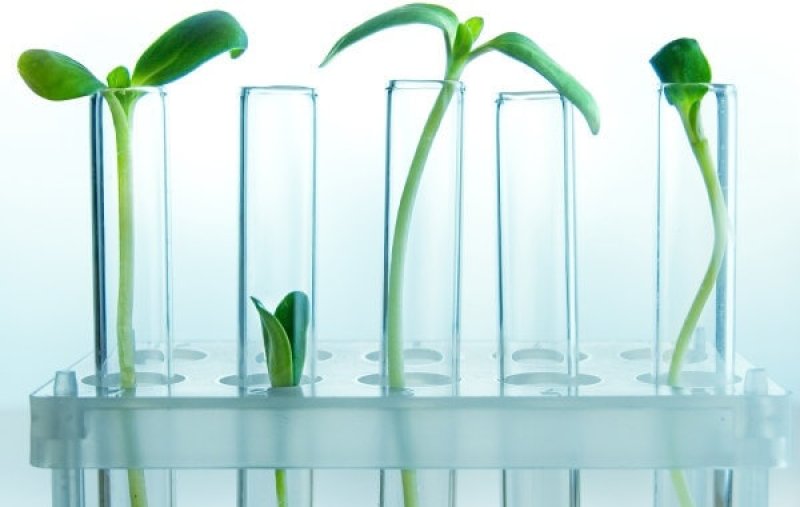The basic unit of life is the cell; tiny, fatty, self-replicating bubbles that have adapted to fill almost every environment on earth. Yet, breakthroughs in Synthetic Biology are now allowing us to break biology out of its cell and into a new era of biomanufacture; engineering cellular biochemistry in a test tube.
Cell free systems, such as the one Dr. Quentin Dudley has set up at Earlham Institute, open up exciting new possibilities for collaboration across disciplines. We spoke to Quentin and Dr. Susan Duncan about their OpenPlant collaboration to see if they can reduce the costs associated with wheat research, and how cell free synthesis can help to unravel the mysteries of the plant circadian clock.
…
“I think cell-free systems are particularly powerful in terms of getting the best of two worlds: you can leverage the complexity of natural biology while being able to interact and control the system easier than inside a cell,” says Quentin.
…
“I think plant biology could really benefit from using cell-free tools to accelerate experimental work flows and I am excited to be part of efforts to tackle the challenge of developing plant-like cell free systems.”
Read more: Cell free synthetic biology: breaking life’s boundaries































